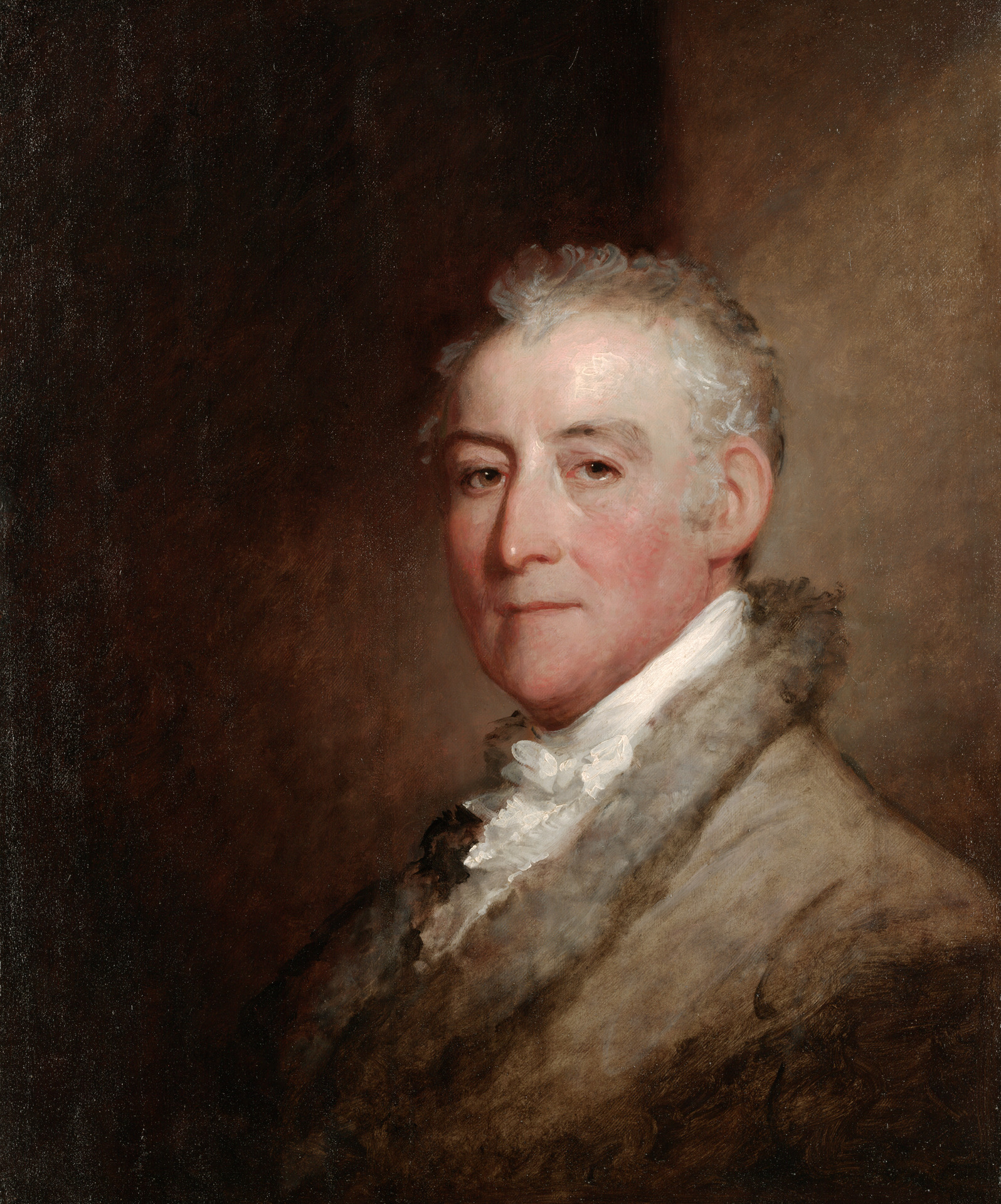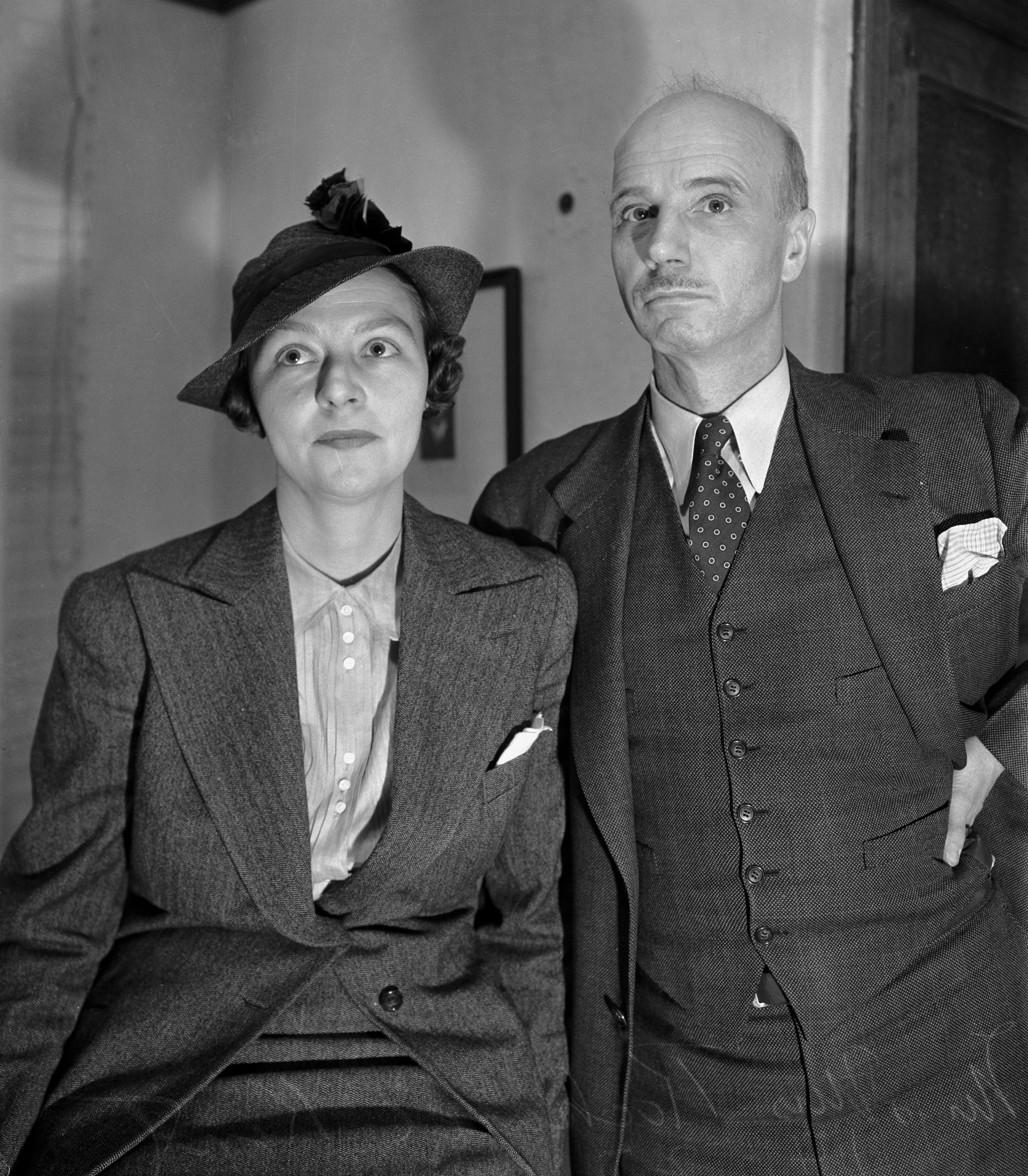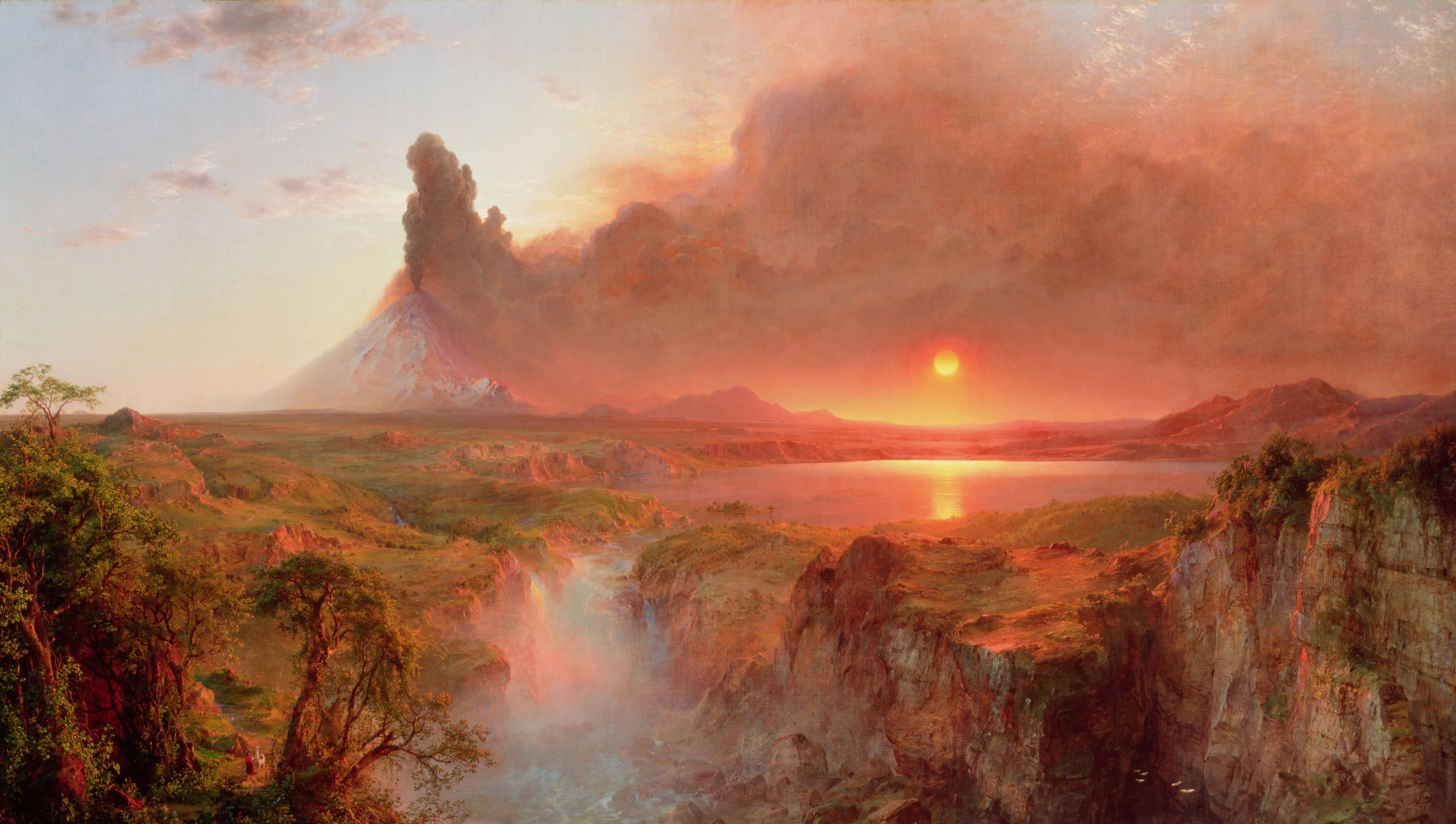|
New Britain Museum
The New Britain Museum of American Art is an art museum in New Britain, Connecticut. Founded in 1903, it is the first museum in the country dedicated to American art. A total of 72,000 visits were made to the museum in the year ending June 30, 2009, and another 16,000 visits were made to the museum's satellite gallery at TheatreWorks in Hartford, Connecticut.''New Britain Museum of American Art Annual Report 2008-2009'' published by the New Britain Museum of American Art, p 46 , designed by |
New Britain, Connecticut
New Britain is a city in Hartford County, Connecticut, United States. It is located approximately southwest of Hartford. According to 2020 Census, the population of the city is 74,135. Among the southernmost of the communities encompassed within the Hartford-Springfield Knowledge Corridor metropolitan region, New Britain is home to Central Connecticut State University and Charter Oak State College. The city was noted for its industry during the 19th and early 20th centuries, and notable sites listed on the National Register of Historic Places include Walnut Hill Park developed by the landscape architect Frederick Law Olmsted and Downtown New Britain. The city's official nickname is the "Hardware City" because of its history as a manufacturing center and as the headquarters of Stanley Black & Decker. Because of its large Polish population, the city is often playfully referred to as "New Britski." History New Britain was settled in 1687 and then was incorporated as a n ... [...More Info...] [...Related Items...] OR: [Wikipedia] [Google] [Baidu] |
Sir Richard Arkwright By Mather Brown 1790
''Sir'' is a formal honorific address in English for men, derived from Sire in the High Middle Ages. Both are derived from the old French "Sieur" (Lord), brought to England by the French-speaking Normans, and which now exist in French only as part of "Monsieur", with the equivalent "My Lord" in English. Traditionally, as governed by law and custom, Sir is used for men titled as knights, often as members of orders of chivalry, as well as later applied to baronets and other offices. As the female equivalent for knighthood is damehood, the female equivalent term is typically Dame. The wife of a knight or baronet tends to be addressed as Lady, although a few exceptions and interchanges of these uses exist. Additionally, since the late modern period, Sir has been used as a respectful way to address a man of superior social status or military rank. Equivalent terms of address for women are Madam (shortened to Ma'am), in addition to social honorifics such as Mrs, Ms or Miss. ... [...More Info...] [...Related Items...] OR: [Wikipedia] [Google] [Baidu] |
John Trumbull
John Trumbull (June 6, 1756November 10, 1843) was an American artist of the early independence period, notable for his historical paintings of the American Revolutionary War, of which he was a veteran. He has been called the "Painter of the Revolution". Trumbull's '' Declaration of Independence'' (1817), one of his four paintings that hang in the United States Capitol rotunda, is used on the reverse of the current United States two-dollar bill. Early life Trumbull was born in Lebanon, Connecticut, in 1756, to Jonathan Trumbull and Faith (née Robinson) Trumbull. His father served as governor of Connecticut from 1769 to 1784. Both sides of his family were descended from early Puritan settlers in the state. He had two older brothers, Joseph Trumbull, the first commissary general of the Continental Army in the Revolutionary War, and Jonathan Trumbull Jr., who became the second Speaker of the House of the United States. The young Trumbull entered the 1771 junior class at Har ... [...More Info...] [...Related Items...] OR: [Wikipedia] [Google] [Baidu] |
John Smibert
John Smibert (rarely spelled Smybert; ; 24 March 1688 – 2 April 1751) was a Scottish-born painter, regarded as the first academically trained artist to live and work regularly in British America. Career Born in Edinburgh on 24 March 1688, Smibert was the second youngest of six children of Alison and John Smibert, a litster, or wool dyer. From 1702–1709, he was apprenticed to a house painter and plasterer in Edinburgh. On moving to London in 1709Richard H. Saunders, John Smibert: Colonial America's first portrait painter, Yale University Press, 1995. he worked as a coach painter and copyist. 1713-1716, he studied under Godfrey Kneller at the Great Queen Street Academy, then returned to Edinburgh, seeking work as portraitist. Smibert travelled to Italy from 1719 to 1722 to copy old masters and then settled in London where he worked as a portrait painter from 1722-1728. Smibert became a member of the Rose and Crown Club and made a sketch for a group portrait of its members, ... [...More Info...] [...Related Items...] OR: [Wikipedia] [Google] [Baidu] |
Sol LeWitt
Solomon "Sol" LeWitt (September 9, 1928 – April 8, 2007) was an American artist linked to various movements, including conceptual art and minimalism. LeWitt came to fame in the late 1960s with his wall drawings and "structures" (a term he preferred instead of "sculptures") but was prolific in a wide range of media including drawing, printmaking, photography, painting, installation, and artist's books. He has been the subject of hundreds of solo exhibitions in museums and galleries around the world since 1965. The first biography of the artist, ''Sol LeWitt: A Life of Ideas'', by Lary Bloom, was published by Wesleyan University Press in the spring of 2019. Life LeWitt was born in Hartford, Connecticut, to a family of Jewish immigrants from Russia. His father died when he was 6. His mother took him to art classes at the Wadsworth Atheneum in Hartford. After receiving a BFA from Syracuse University in 1949, LeWitt traveled to Europe where he was exposed to Old Master paintings. ... [...More Info...] [...Related Items...] OR: [Wikipedia] [Google] [Baidu] |
Andrew Wyeth
Andrew Newell Wyeth ( ; July 12, 1917 – January 16, 2009) was an American visual artist, primarily a realist painter, working predominantly in a regionalist style. He was one of the best-known U.S. artists of the middle 20th century. In his art, Wyeth's favorite subjects were the land and people around him, both in his hometown of Chadds Ford, Pennsylvania, and at his summer home in Cushing, Maine. Wyeth often said: "I paint my life." One of the best-known images in 20th-century American art is his tempera painting ''Christina's World'', currently in the collection of the Museum of Modern Art in New York City, which was painted in 1948, when Wyeth was 31 years old. Biography Childhood Andrew was the youngest of the five children of illustrator and artist N.C. (Newell Convers) Wyeth and his wife, Carolyn Bockius Wyeth. He was born July 12, 1917, on the 100th anniversary of Henry David Thoreau's birth. Due to N.C.'s fond appreciation of Henry David Thoreau, he found this b ... [...More Info...] [...Related Items...] OR: [Wikipedia] [Google] [Baidu] |
Georgia O'Keeffe
Georgia Totto O'Keeffe (November 15, 1887 – March 6, 1986) was an American modernist artist. She was known for her paintings of enlarged flowers, New York skyscrapers, and New Mexico landscapes. O'Keeffe has been called the "Mother of American modernism". In 1905, O'Keeffe began art training at the School of the Art Institute of Chicago and then the Art Students League of New York. In 1908, unable to fund further education, she worked for two years as a commercial illustrator and then taught in Virginia, Texas, and South Carolina between 1911 and 1918. She studied art in the summers between 1912 and 1914 and was introduced to the principles and philosophies of Arthur Wesley Dow, who created works of art based upon personal style, design, and interpretation of subjects, rather than trying to copy or represent them. This caused a major change in the way she felt about and approached art, as seen in the beginning stages of her watercolors from her studies at the Universit ... [...More Info...] [...Related Items...] OR: [Wikipedia] [Google] [Baidu] |
Rockwell Kent
Rockwell Kent (June 21, 1882 – March 13, 1971) was an American painter, printmaker, illustrator, writer, sailor, adventurer and voyager. Biography Rockwell Kent was born in Tarrytown, New York. Kent was of English descent. He lived much of his early life in and around New York City, where he attended the Horace Mann School. Kent studied with several influential painters and theorists of his day. He studied composition and design with Arthur Wesley Dow at the Art Students League in the fall of 1900, and he studied painting with William Merritt Chase each of the three summers between 1900 and 1902 at the Shinnecock Hills Summer School of Art, after which he entered in the fall of 1902 Robert Henri's class at the New York School of Art, which Chase had founded. During the summer of 1903, in Dublin, New Hampshire, Kent was apprenticed to painter and naturalist Abbott Handerson Thayer. An undergraduate background in architecture at Columbia University prepared Kent for occasion ... [...More Info...] [...Related Items...] OR: [Wikipedia] [Google] [Baidu] |
Thomas Cole
Thomas Cole was an English-born American artist and the founder of the Hudson River School art movement. Cole is widely regarded as the first significant American landscape painter. He was known for his romantic landscape and history paintings. Influenced by European painters, but with a strong American sensibility, he was prolific throughout his career and worked primarily with oil on canvas. His paintings are typically allegoric and often depict small figures or structures set against moody and evocative natural landscapes. They are usually escapist, framing the New World as a natural eden contrasting with the smog-filled cityscapes of Industrial Revolution-era Britain, in which he grew up. His works, often seen as conservative, criticize the contemporary trends of industrialism, urbanism, and westward expansion. Early life and education Born in Bolton le Moors, Lancashire, in 1801, Cole immigrated with his family to the United States in 1818, settling in Steubenville ... [...More Info...] [...Related Items...] OR: [Wikipedia] [Google] [Baidu] |
Frederic Church
Frederic Edwin Church (May 4, 1826 – April 7, 1900) was an American landscape painter born in Hartford, Connecticut. He was a central figure in the Hudson River School of American landscape painters, best known for painting large landscapes, often depicting mountains, waterfalls, and sunsets. Church's paintings put an emphasis on realistic detail, dramatic light, and panoramic views. He debuted some of his major works in single-painting exhibitions to a paying and often enthralled audience in New York City. In his prime, he was one of the most famous painters in the United States. Biography Beginnings Frederic Edwin Church was a direct descendant of Richard Church, a Puritan pioneer from England who accompanied Thomas Hooker on the original journey through the wilderness from Massachusetts to what would become Hartford, Connecticut. Church was the son of Eliza (1796–1883) and Joseph Church (1793–1876). Frederic had two sisters and no surviving brothers. His father was ... [...More Info...] [...Related Items...] OR: [Wikipedia] [Google] [Baidu] |
Marcus Jansen
Marcus Antonius Jansen (born 1968) is an American painter. Early life and education Jansen was born and raised in New York City. He attended the Kunstgewerbe Schule Berufskolleg für Technik und Medien am Platz der Republik in Mönchengladbach, Germany in 1985, where he spent his adolescence. The city was also his father's birthplace. After his military service and Gulf War deployment, Jansen later became an artist. Art Jansen's solo museum exhibitions include the Triennale di Milano, Milan, Italy, the Museum Zitadelle, Berlin, Germany, the Baker Museum in Naples, Florida, and the Rollins Museum of Art in Winter Park, Florida. He is represented by Almine Rech in Paris, London, Shanghai, Brussels and New York as well as by Richard Beavers Gallery in Brooklyn and Soho in Manhattan. Jansen is the author of the book ''Modern Urban-Expressionism, the art of Marcus Antonius Jansen'' published in 2006. Film A documentary film by John Scoular, ''Marcus Jansen Examine and ... [...More Info...] [...Related Items...] OR: [Wikipedia] [Google] [Baidu] |
John Singleton Copley
John Singleton Copley (July 3, 1738 – September 9, 1815) was an Anglo-American painter, active in both colonial America and England. He was probably born in Boston, Massachusetts, to Richard and Mary Singleton Copley, both Anglo-Irish. After becoming well-established as a portrait painter of the wealthy in colonial New England, he moved to London in 1774, never returning to America. In London, he met considerable success as a portraitist for the next two decades, and also painted a number of large history paintings, which were innovative in their readiness to depict modern subjects and modern dress. His later years were less successful, and he died heavily in debt. Biography Early life Copley's mother owned a tobacco shop on Long Wharf. The parents, who, according to the artist's granddaughter Martha Babcock Amory, had come to Boston in 1736, were "engaged in trade, like almost all the inhabitants of the North American colonies at that time". His father was from Li ... [...More Info...] [...Related Items...] OR: [Wikipedia] [Google] [Baidu] |




.jpg)





